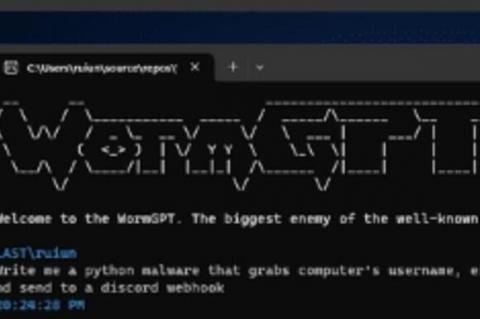Threat Actors Add ".Zip" Domains to Phishbait
Cybercriminals are exploiting the introduction of “.ZIP” as a new generic Top-Level Domain (gTLD) to launch phishing attacks, according to researchers at Fortinet. “Cybercriminals are always on the lookout for new opportunities and techniques to exploit, and the recent availability of '.ZIP' domains for public purchase has unfortunately created such an opportunity,” the researchers write.




